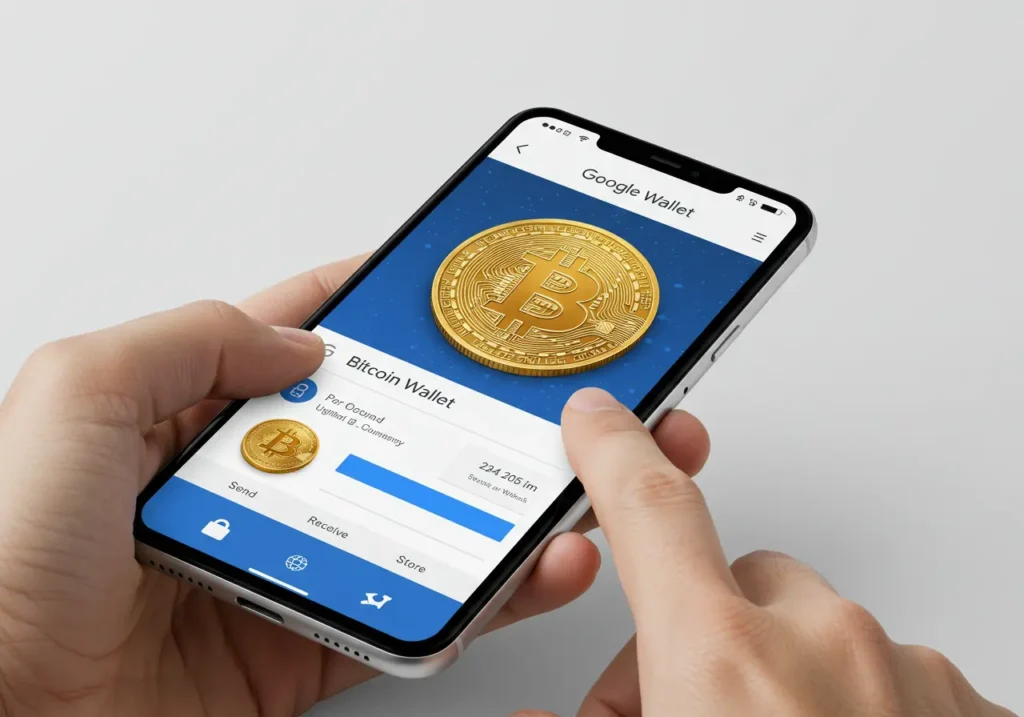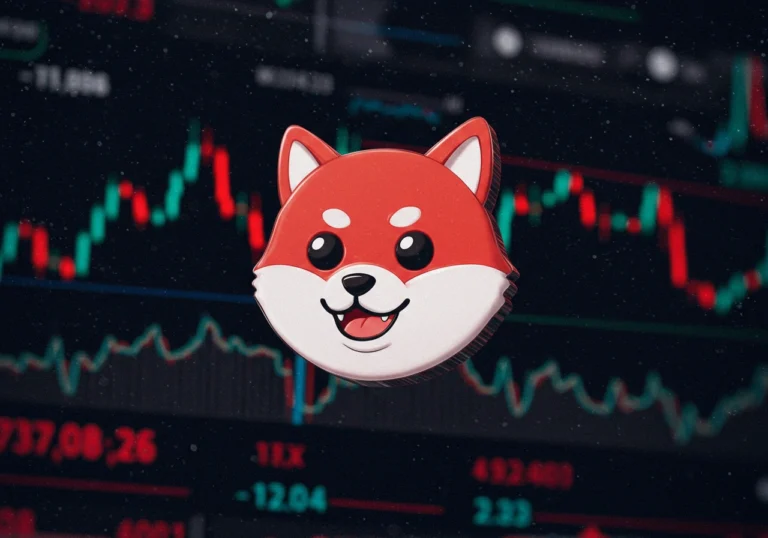Google Wallet Expands: Tokenized Stocks and Crypto Now Side by Side
For most people, Google Wallet has been a simple tool—for sending money, storing cards, or paying on the go. But starting today, it’s stepping into much bigger territory. U.S. users can now buy and hold tokenized stocks—like Amazon, Tesla, and Meta—right alongside Bitcoin and Ethereum, all in one streamlined app.
This isn’t just a flashy upgrade—it’s a meaningful shift in how everyday users interact with finance. By bringing traditional equities and crypto under the same roof, Google Wallet is blurring the line between old and new money in a way that feels natural, digital, and future-ready.
This rollout means that millions of users can now access traditional equity and crypto from one app, with custody handled entirely by Google. No crypto address, no separate exchange. Just taps.

What Tokenized Stocks Mean in Practice
Think of tokenized stocks like “digital certificates” tied 1:1 to real shares. Buy an Amazon token and Google takes care of owning and settling the real share behind it. Your token moves on the blockchain, but you don’t need custody knowledge—just access.
Every token you trade is fully backed. That means for each Tesla token, there’s one Tesla share held in reserve by a licensed custodian. Ownership passes through blockchain transactions, but actual legal share ownership remains compliant with SEC rules.
This model brings flexibility: instant trading, quicker settlement, lower fees, and easy access for fractional ownership. It also opens doors to crypto-first investors who might not have wanted separate platforms for stocks and tokens.
How It Works, Step by Step
- Open Google Wallet (updated version) and enable “tokenized assets.”
- Enter real money via linked bank account or debit/credit card.
- Trade Bitcoin, Ethereum, or stocks like Amazon or Apple in fractional or full units.
- View all assets in one dashboard, with blockchain analytics hidden behind the surface.
- Withdraw fiat or convert to full shares if supported—or stay digital.
Users see token price, real share equivalent, and fee breakdown in a streamlined interface. All trades settle in minutes, not days. Behind the scenes, Google works with licensed brokers and custodians to match trades and hold actual shares.
What Prompted This Move?
Google has tracked how other platforms—like Binance and FTX—blurred the line between crypto and equity trading. But they also saw how confusing that could feel, especially for new users worried about custody complexity or regulatory risk.
By embedding tokens in Wallet, Google is offering simplicity with trust. The company combines bank-level Know Your Customer (KYC) protocols, insured asset storage, and regulatory compliance—all inside a consumer app millions already trust. It’s a signal that tokenization is stepping out of experimental territory into peer-level service.
What This Means for Crypto Markets
The impact of this rollout goes deeper than features—it affects sentiment and flows:
- Cross-asset exposure becomes easier. A user can hold ETH alongside Tesla shares, all managed seamlessly.
- Token demand might increase as stocks get tokenized, which could drive more mainstream interest in Bitcoin and Ethereum.
- Market integration deepens. When tokens become part of everyday apps, traditional finance and crypto space merge further.
- Liquidity improves. More trading volume tends to attract tighter spreads and smaller fees across both digital assets and tokenized equities.
Put simply: bridging markets like this may reshape how retail users allocate between crypto and stocks—using the same interface to switch between worlds.
How It Affects Everyday Users (Not Tech Experts)
For most people, this feels simple:
- You don’t need to download a separate crypto exchange.
- No more flicking between apps: it’s one place to view everything.
- You can own part of a Tesla share, trade fractionally, or move straight from crypto to equity and back—without fees or delays.
That means someone saving ETH or BTC can now tap into equity exposure without leaving Wallet. And vice versa. It’s borderless investing—without the learning curve.
Things to Keep in Mind
Even though it’s user-friendly, some details matter:
- Trust the custodian, not the blockchain. You hold a token, not a direct share.
- Platform dependency. If Google Wallet changes policy or withdraws support, tokenized positions could be affected or need conversion.
- Legal jurisdiction. You’re covered by U.S. regulations, which adds consumer protection—but it may limit certain features outside the country.
- Fees and taxes. Token trades may carry different cost structures than traditional brokerage trades, so users should note fee breakdowns and tax implications.
Peer Perspective: What It Feels Like
If you’ve ever wanted crypto and stocks in one place, this finally scratches that itch. Imagine logging in on a Friday night, wanting to rebalance holdings. Rather than opening Coinbase and Robinhood separately, you manage everything in one secure Google interface. That ease encourages more users to engage—something that tokenized investing quietly enables.
What Users Should Do Next
- Update your Wallet app to access tokenized features.
- Check and confirm KYC info so trading works smoothly.
- Test with small trades if you’re curious—fractional stock amounts or small crypto buys.
- Watch for new tokens coming in—support may expand beyond initial listings like Amazon, Meta, Tesla.
- Stay aware of price differences between token price and underlying share pricing to prevent surprises.
Final Reflection
Tokenizing stocks through a trusted app marks a meaningful year for financial simplicity. Google didn’t just add another list item in finance—they glided one world over another. Retail finance feels underpowered; this token model might light a fuse in how people mix crypto and traditional assets with fairness, clarity, and accessibility.
Table of Contents

Edmilson Dias is the founder of CoinBringer, a site dedicated to educating people about cryptocurrency and helping users navigate the crypto space safely and responsibly. A passionate advocate for digital security and financial education, Edmilson Dias has spent years researching the blockchain ecosystem and translating complex concepts into accessible, practical content for beginners and experienced users alike.With a mission to build a safer and smarter crypto community, he focuses on creating high-quality tutorials, safety tips, and trustworthy insights to empower others in the rapidly evolving world of digital assets.
Discover more from CoinBringer
Subscribe to get the latest posts sent to your email.







